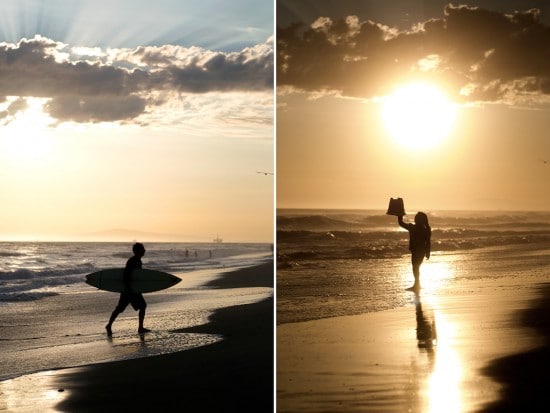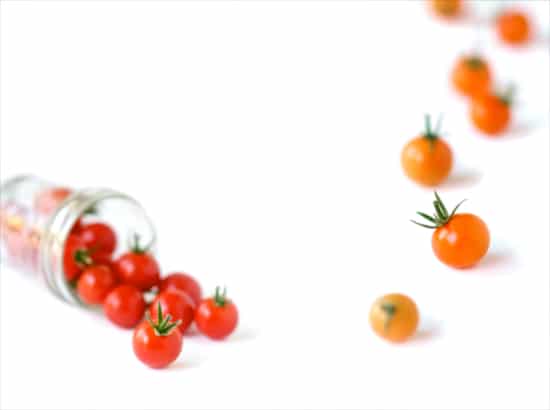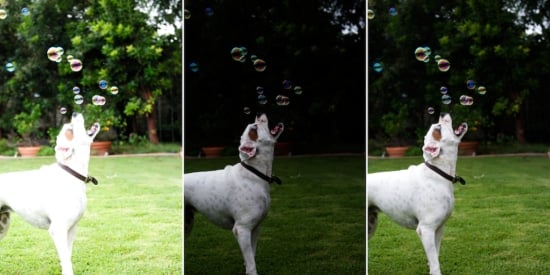Principles of Photography – Exposure
In our Principles of Photography Workshop Series we try our best to share what we were able to teach ourselves about photography, in simple, easy-to-understand concepts. These are just some basics to help you get started, there is much more information to learn beyond these basics. But by understanding the most basic principles of photography then building upon them through practice, practice and more practice, you can capture the type of images that you want.
Note: Teaching and understanding photography can be often be complicated and confusing. Of course, there are many ways to explain these concepts & there is no “right” way to teach this. So if you think you can explain it better, then obviously you don’t need our help. Now, everyone grab your camera and let’s start figuring this stuff out together! And have fun!
What is Photography? Photography is about essentially about LIGHT:
- How to harness it
- How it enters your camera
- How your camera measures it
- How to control the light to capture the images that you want
Gorgeous people, food, scenery? Who cares! The camera doesn’t care or even know if you have a perfectly plated meal, the cutest kid in the world or if you have a Brad Pitt photo op. Your camera only registers the amount of light entering your camera. That’s why understanding exposure helps you capture the photos you want.
What is Exposure?
- Your camera understands EXPOSURE, which is essentially the total amount of light entering your camera used to create the photo.
- Exposure describes how light or how dark your photographs are
- Under-exposure – is when your photos come out too dark.
- Over-exposure – is when your photos come out too light, washed out or “blown out”.
(L) Over-exposed – Too bright. The white dog is blinding. Need sunglasses. (M) Under-exposed – Too dark.The white dog looks like a phantom. (R) Nice balance of light on the dog, bubbles and grass. Awwww! Precious.
But slightly Under and Over Exposed images can be great for artistic or stylistic reasons! Images that are technically considered to be over or underexposed can be visually appealing:


How to control Exposure?
- Exposure = combination of Aperture + Shutter Speed + ISO
- Aperture, Shutter Speed and ISO are components that make up your photograph’s Exposure.
- Understanding these three main principles through your camera functions will help you get the best exposure possible for your images.
Final Thoughts on Exposure: Essentially, there really is no “right” or “wrong” exposure. Learning all the components of exposure will give you the choice and creative control of what your final results are. Photography is more fun when you can have better understanding and control of Exposure.
Next up: Understanding Shutter Speed, Part II of Exposure
**********************************************************
Photography Series: Understanding these concepts one step at a time will help you capture the images that you want. (We need to discuss basic photography principles before we jump to Flash Food Photography because photographing with flashes can be more technical. Grasping basic exposure concepts will make flash food photography easier. Thanks for your patience!)
1. Exposure
2. Shutter-Speed – “Controlling Motion”
3. Aperture – “Controlling Depth of Field”
4. ISO
5. White Balance
6. Flash Your Food Photography #1- Using Built-in Camera Flash for DSLR and Point & Shoot. Includes some tips to making your own accessories.
7. Flash Your Food Photography #2- Using Speedlight Flashes ON the camera
8. Flash Your Food Photography #3 – Using Speedlight Flashes OFF the camera with remotes, sync cords, triggers and commander mode. (Cool cocktail shots will be highlighted here! )
9. Flash Your Food Photography #4 – Using multiple Speedlight Flashes or Strobes OFF the camera. Short discussion of Dedicated vs. Non-Dedicated flash mounts.
10. Natural light Food Photography
11. Photography inside restaurants, kitchens and capturing Chefs in action.
12. Editing
[ad]






Thanks for such an informative post. 2018 is going to be the year that I master exposure settings on my camera!
Loved your article..really helping…
When we started out we didn’t really give much thought to the style and quality of our images we were putting up on the blog but that’s something we are constantly trying to get better at! A blog with beautiful images can make such a difference, even if it’s just to do the food justice 🙂
Thank you so much for providing this information. I feel like I now have a better grasp of the principles. Of course I plan to reread a few times to commit to memory.
Thanks again.
What the heck took me so long to discover these photography tutorials?! They are incredibly helpful. I always controlled my aperture manually, but never understood how to control shutter speed and aperture at the same time. I can’t wait to play around with this!
can’t wait to follow this! thank you
Thank you for sharing all of this great information on photography. I’m shopping for my first DSLR now, and the timing could not have been better!
Thanks very much for putting this series together. Just got my first DSLR recently and been using it to take photos for our web site. Looking forward to completing the series! Cheers.
Have been reading you guys’ blog for quite a while now. I’m so glad that you giving the lesson. Much much easier to understand than those full of jargon. THANK YOU. Waiting for more teaching.
What a great series. Way better than the DSLR class I took through my city. I love the pictures that show what exposure and shutter speed can really do. The only thing I really got out of camera class was to open my manual!
I am so excited about this series! I love that you pointed out that under and overexposure can be a desired effect. Looking forward to the next installment!